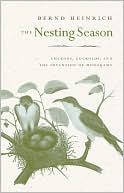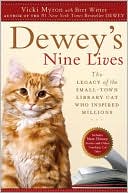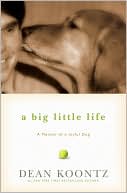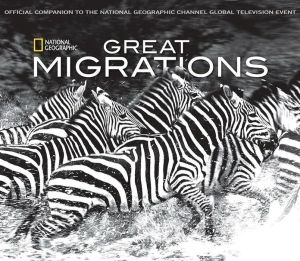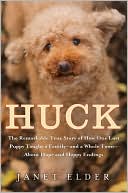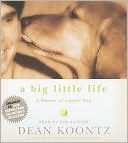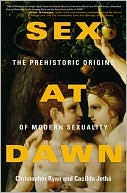The Nesting Season: Cuckoos, Cuckolds, and the Invention of Monogamy
Search in google:
Why are the eggs of the marsh wren deep brown, the winter wren's nearly white, and the gray catbird's a brilliant blue? And what in the DNA of a penduline tit makes the male weave a domed nest of fibers and the female line it with feathers, while the bird-of-paradise male builds no nest at all, and his bower-bird counterpart constructs an elaborate dwelling?These are typical questions that Bernd Heinrich pursues in the engaging style we've come to expect from him—supplemented here with his own stunning photographs and original watercolors. One of the world's great naturalists and nature writers, Heinrich shows us how the sensual beauty of birds can open our eyes to a hidden evolutionary process. Nesting, as Heinrich explores it here, encompasses what fascinates us most about birds—from their delightful songs and spectacular displays to their varied eggs and colorful plumage; from their sex roles and mating rituals to nest parasitism, infanticide, and predation.What moves birds to mate and parent their young in so many different ways is what interests Heinrich—and his insights into the nesting behavior of birds has more than a little to say about our own. Publishers Weekly Blending scientific research with memoir, Heinrich (A Year in the Maine Woods) reveals the complex courtship and mating rituals of birds—along with the startling commonalities between certain human and avian domestic arrangements. Since research suggests that similar hormonal activity precedes both human and nonhuman mating, he also argues for applying so-called “anthropomorphic” labels like “love” to the behavior of birds. How else can one describe the tribulations that emperor penguins undergo to hatch their lone egg and raise their young? Heinrich also explores how some birds use plumage to attract mates while others use dance, elaborate nests, etc., to attract females, all an attempt to maximize the chances of passing on their genes; the ingenious strategies they use to protect their eggs; how the size of the clutch of eggs depends on whether the species is monogamous with the male helping feed the mother and the young (more babies) or not; and how males who leave the nest, or “cheat,” risk being cuckolded themselves. Skillfully narrated and illustrated by the author's own photographs and watercolor sketches, this book offers a range of intellectual and aesthetic pleasures. (May)
Introduction 11 Love Birds 92 Monogamy 353 Polygyny and Polyandry 654 Penguins and Us 795 Fine-tuning Nesting Time 896 Strutting Their Stuff 1037 Nest Site and Safety 1338 Nest Materials and Construction 1679 The Egg 18510 Parenting in Pairs 19511 Cuckolds, Cuckoos, Cowbirds, and Color Codes 235End of the Nesting Season 291Appendix Latin Names of Bird Species 297Notes 309Acknowledgments 331Index 333
